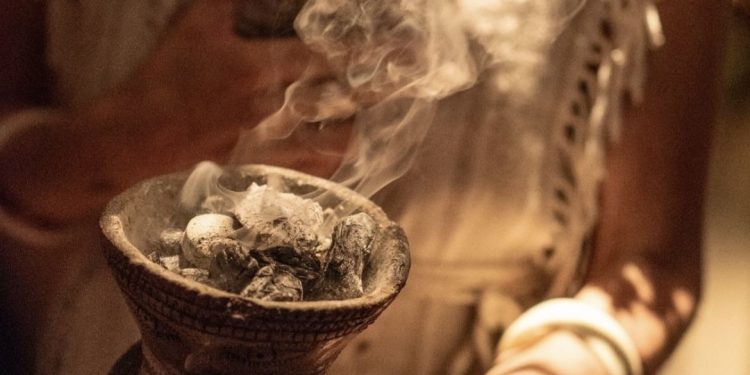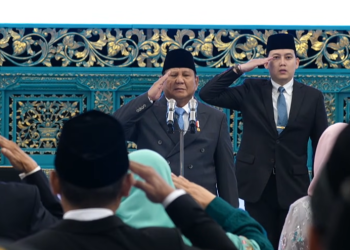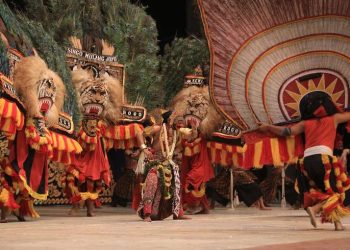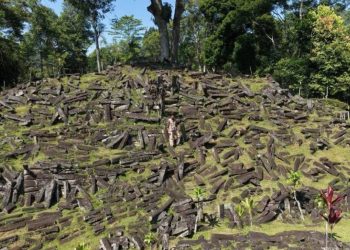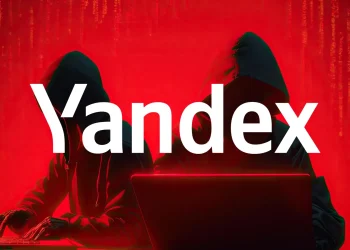Jakarta, Indonesia Sentinel — Across Indonesia, traditional healing methods often reflect deeply rooted mystical beliefs. In the province of Aceh, one such practice known as Rajah continues to be shrouded in mystery and spiritual significance.
Rajah is a form of oral healing that involves the recitation of sacred prayers or mantras, typically used to treat ailments believed to be caused by supernatural forces rather than physical or medical conditions. According to Indonesia’s official dictionary (KBBI), the term Rajah refers to a charm or incantation used to ward off disease.
While primarily performed orally, Rajah can also take physical form. A 2010 cultural publication titled “Rajah: A Traditional Healing Method of the Acehnese” by the Banda Aceh Office for History and Traditional Values notes that Rajah can also involve the use of sacred symbols, resembling tattoos found in ancient Mayan and Anca cultures in the Americas.
In Aceh communities, practitioners of Rajah are known as ureung meurajah. Despite its cultural popularity, the ability to perform Rajah is not common. They believe in individuals believed to possess inherited spiritual abilities, a gifts passed down from their ancestors who are capable of healing and are recognized as ureung meurajah, or traditional healers.
The knowledge of Rajah is typically passed down through generations within families. However, beyond direct lineage, it can also be taught by a spiritual teacher or guru, ensuring the knowledge is preserved and transferred with care and ritual discipline.
Becoming a ureung meurajah requires meeting strict spiritual qualifications. In Aceh, this includes obtaining a penutoh, a kind of spiritual diploma granted by a teacher to confirm the practitioner’s readiness. This often involves meditative retreats (kaluet) in mountains or sacred places and rigorous spiritual training.
Rajah is known to cure supernatural illnesses locally referred to as peunyaket dônya, a term for afflictions believed to be caused by black magic, curses, or spiritual attacks.
Common conditions treated through Rajah include:
- Sijundai – a madness-inducing curse sent from a rejected lover, believed to result from heartbreak.
- Seureubok – harmful powders or potions intended to cause injury or illness.
- Burong – a condition believed to stem from possession by a malevolent spirit or jinn that attaches itself to the body.
- Teukeunong – a form of black magic where symptoms appear more subtle or disguised as natural illness.
- Reuhat – an excruciating skin-to-flesh itch that can lead to serious wounds.
- Teumeugu – a spiritual affliction believed to be caused by the vengeful soul of someone who died a tragic death.
Read Also:
Indonesia Showcases Pacu Jalur in National Tourism Agenda to Promote Cultural Heritage
The Rajah ritual itself involves chanting specific prayers or incantations tailored to the perceived type of supernatural illness. These mantras are believed to draw upon unseen spiritual powers and sacred knowledge.
Aside from healing, some forms of Rajah are used as protective charms against malevolent spirits. These may take the form of spoken incantations or physical talismans worn by the bearer, except in places considered spiritually forbidden.
Though Rajah is increasingly rare in modern Indonesia, it remains a vivid example of how traditional and mystical belief systems continue to shape healthcare practices in parts of the archipelago. For many in Aceh, it is not merely medicine, it is a spiritual defense against forces the modern world has yet to fully understand.
(Raidi/Agung)


